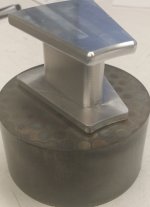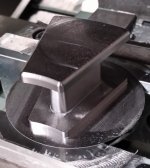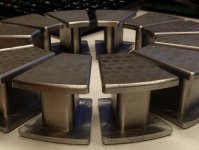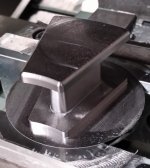motomoto
1 kW
- Joined
- Jun 28, 2010
- Messages
- 458
There are no good electric vs gas videos. That's why I am doing this project, to show an electric bike consistently beating the fastest
ice bikes.
Regarding the 100 foot pounds of torque and the 80+ hp. That is the capability of the system. The maximum throttle will be the ratio
between the front wheel and the rear wheel adjustable from 101 percent to 200 percent (twice the rotation). A tires' grip reduces with
too much over spin. The maximum rate can be adjusted with a knob at any time to dial in the maximum rear wheel slippage.
Riders will want to set their own level according to their riding style and conditions.
ice bikes.
Regarding the 100 foot pounds of torque and the 80+ hp. That is the capability of the system. The maximum throttle will be the ratio
between the front wheel and the rear wheel adjustable from 101 percent to 200 percent (twice the rotation). A tires' grip reduces with
too much over spin. The maximum rate can be adjusted with a knob at any time to dial in the maximum rear wheel slippage.
Riders will want to set their own level according to their riding style and conditions.






